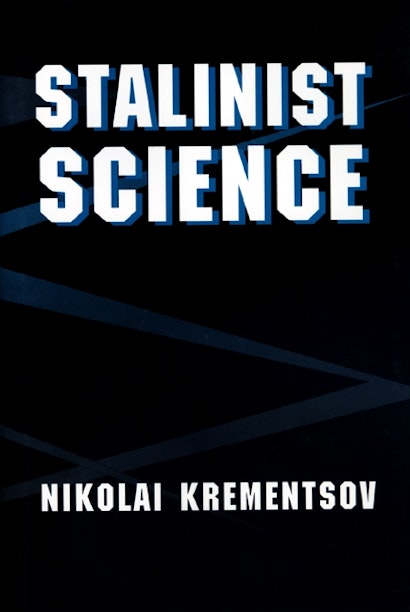History of Science & Knowledge
Stalinist Science


eBook
- Sale Price:
- $42.00/£35.00
- Price:
-
$60.00/£50.00 - ISBN:
- Published:
- Nov 25, 1996
- Copyright:
- 1997
- 3 line illus. 5 tables
- Main_subject:
- History of Science & Knowledge
30% off with code PUP30
Some scholars have viewed the Soviet state and science as two monolithic entities—with bureaucrats as oppressors, and scientists as defenders of intellectual autonomy. Based on previously unknown documents from the archives of state and Communist Party agencies and of numerous scientific institutions, Stalinist Science shows that this picture is oversimplified. Even the reinstated Science Department within the Central Committee was staffed by a leading geneticist and others sympathetic to conventional science. In fact, a symbiosis of state bureaucrats and scientists established a much more terrifying system of control over the scientific community than any critic of Soviet totalitarianism had feared. Some scientists, on the other hand, developed more elaborate devices to avoid and exploit this control system than any advocate of academic freedom could have reasonably hoped.
Nikolai Krementsov argues that the model of Stalinist science, already taking hold during the thirties, was reversed by the need for inter-Allied cooperation during World War II. Science, as a tool for winning the war and as a diplomatic and propaganda instrument, began to enjoy higher status, better funding, and relative autonomy. Even the reinstated Science Department within the Central Committee was staffed by a leading geneticist and others sympathetic to conventional science. However, the onset of the Cold War led to a campaign for eliminating such servility to the West. Then the Western links that had benefited genetics and other sciences during the war and through 1946 became a liability, and were used by Lysenko and others to turn back to the repressive past and to delegitimate whole research directions.